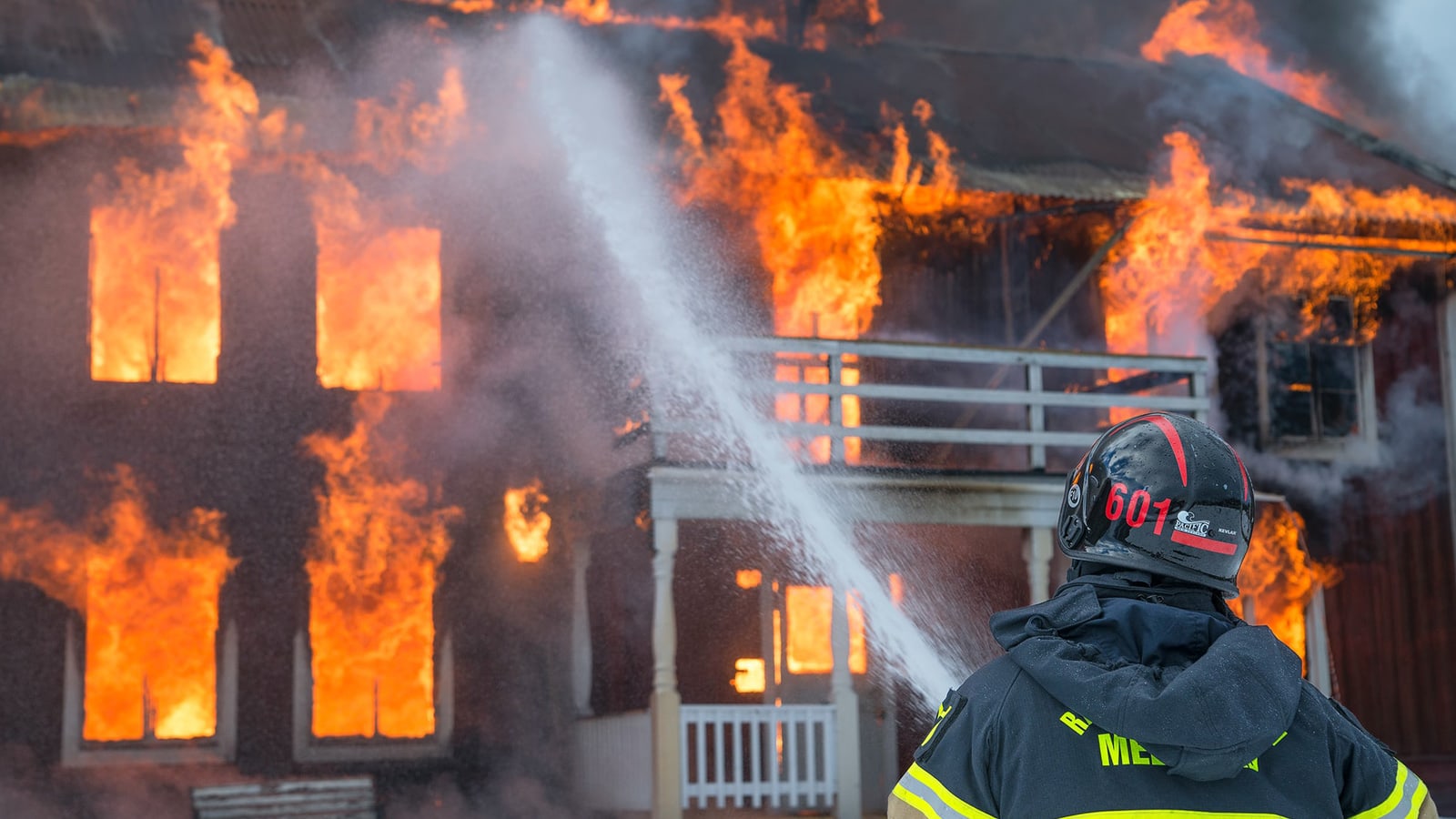The damage incurred by a structural fire can be catastrophic. Property loss combined with smoke, water and structural damage leaves a lot of work to be done. Once any structural issues are sorted, but before reconstruction can begin, a large amount of work needs to be done.
Smoke and soot leave the interior spaces scarred and with a distinct smell. Any water damage from sprinkler systems, broken pipes and work of the fire crews leave porous materials at risk and potential health risks start forming almost immediately.
The faster restoration and remediation crews are enlisted, the faster the cleanup process goes.
The role of restoration and remediation
Restoration teams take on the task of rehabilitating homes and offices which have been subject to smoke and water damage. Their goal is to return the structure to a completely safe, usable space. When complete, there is no hint that of the tragedy that created the mess.
Tools of the trade
Companies that work in the field of restoration use a variety of tools. And, several of the tools are specialized and less commonly known. Most are used for commercial uses and rarely seen in a big box retailer or a residential garage.
Eliminating standing water and damp materials
If an area is waterlogged, commercial dehumidifiers are used to lower the humidity level and dry out affected areas. High humidity and water logged materials are a breeding ground for mold and drying out damp areas is the first area of focus.
More extreme water removal is handled by floor dryers and even pumps, need be.
Removing odors, cleaning the air and eliminating mold
Available with a variety of filter options, portable air scrubbers are used to remove dangerous particulates from the air. They are all-but essential in situations where there is smoke and water damage, as well as in mold remediation work. While their main role is in cleaning the air, they also serve a role in removing the smell of smoke and other odors, too.
While air scrubbers do the heavy lifting, ozone generators are also used for killing mold and odor removal. They are generally used in a more specialized, isolated fashion although there are a few high-throughput ozone generators on the market. Another tool that can be used in odor removal are ULV foggers.
Routing dirty and cleaned air
In conjunction with the tools above, air movers and heavy-duty ducting are used to route dirty air out and clean air into various areas. Air movers serve an important role in drying hard-to-reach areas, speeding up structural drying. Other highly specialized tools include add-ons or standalone tools to take on drying out carpeting or other flooring materials.
Protecting workers
Beyond the tools above, the employees on restoration and renovation teams must be protected from the working environment. Depending on the extent and type of damage, workers use a combination of gear including but not limited to:
- Tyvek Suits / Protective Coveralls
- Respirators with N95 / N100 Cartridges
- Disposable N95 / N100 Masks
- Goggles
Isolating damage
When fire damage effects only part of a home or business and the building is structurally sound, it is sometimes possible to continue using non-affected areas. This is achieved by creating a sealed barrier between the two areas.
To section the areas off, temporary walls made of thick plastic are often used. To allow people to pass in and out of the areas easily, magnetic or zippered doors are placed where necessary.
Evolution of fire remediation tools
Until the last decade or so, there had been little modernization and rethinking of renovation equipment. Lately, however, the industry is seeing more and more innovation and improvement in the tools of the trade.
Efficiency and raw capabilities are evolving faster than ever before, creating more portable, powerful and effective air scrubbers and air movers in particular.
As new tools come to market we expect these trends to continue.

